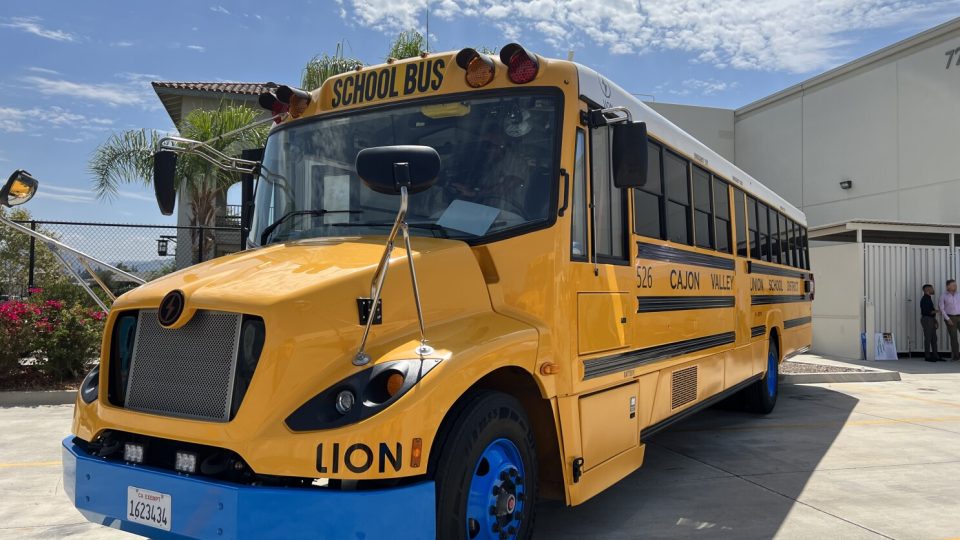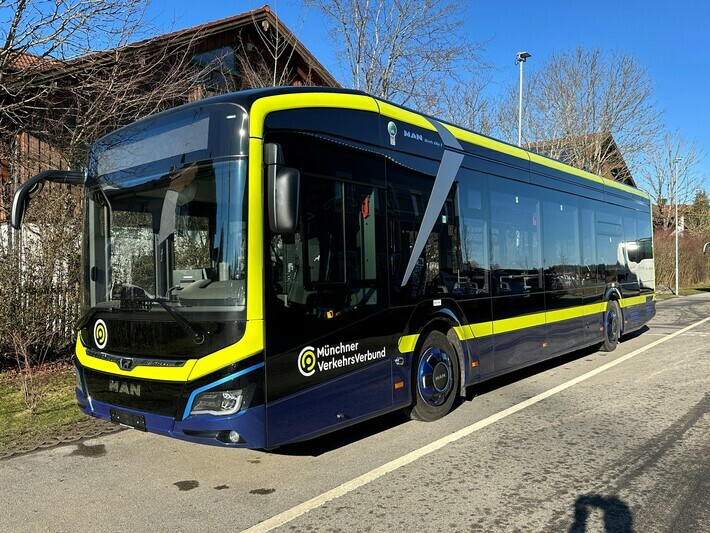Riding the MaaS ‘wave’: policy objectives, sustainability, data governance, models. An interview with Sylvain Haon, UITP
There’s no Mobility as a Service without public transport. And no competition between transit and sharing mobility services. What is sure, the trend towards MaaS implementation is gaining momentum. Anyhow, there’s not a single model, but many. At IT-TRANS 2022 we had the chance to discuss with Sylvain Haon, UITP Senior Director, Strategy, which are […]

There’s no Mobility as a Service without public transport. And no competition between transit and sharing mobility services. What is sure, the trend towards MaaS implementation is gaining momentum. Anyhow, there’s not a single model, but many.
At IT-TRANS 2022 we had the chance to discuss with Sylvain Haon, UITP Senior Director, Strategy, which are challenges, state of the arte and developments concerning Mobility as a Service.
The next big challenge will be to build up a framework for sufficient and valuable contractual agreements across operators (being them public transport operators, bike sharing operators, car sharing operators…) in order to be sure that the MaaS commercial offers are of interest for them
Sylvain Haon, UITP Senior Director, Strategy
Sylvain Haon, UITP: the definition of MaaS

Which your definition of MaaS?
«We had a definition in our UITP policy brief in 2019 and we think it is still valid. MaaS, at the end of the day, is a single platform through which the customer can access a range of mobility services which are bundled together through a comprehensive mobility service offer. This offer encourages the user towards the use of more sustainable travel solutions, which means away from the private cars».
Many will say that MaaS, at the end, is an app…
«The app is just a tool. As long as a customer can easily access different types of mobility services and have the best commercial offer for all of those bundled together, then we have a breakthrough of MaaS. The app is the easy part. We see that, among several components of a MaaS system, ticketing and payment is the fundamental one. The deployment of account based ticketing in more and more cities, the deployment of contactless paying with credit card are now accelerating the implementation of MaaS. This is promising».
At the beginning we mostly saw private initiatives, but we are now in a phase when the key breakthrough is probably happening thanks to PTAs and PTOs, that are now at the heart of the system, at least in Europe. We see examples of this in the Paris region, in Spain, in Italy. Milan is deploying a platform which brings the city at the forefront of MaaS development
Sylvain Haon, UITP Senior Director, Strategy
Which are the main challenges we are dealing with in terms of building successful MaaS models?
«The next big challenge will be to build up a framework for sufficient and valuable contractual agreements across operators (being them public transport operators, bike sharing operators, car sharing operators…) in order to be sure that the MaaS commercial offers are of interest for them».
For public transport operators the idea of being positioned together with other modes of mobility, such as sharing mobility for instance, might be challenging…
«I don’t think so. MaaS must have policy objectives, it is the only way to make MaaS a viable option. Whatever the MaaS model is, it has to put public transport at its hearth. The big question is “how”. Whatever steer the traveller away from the private car is good: walking, cycling, car sharing, bike sharing, those are all good for public transport. There is no opposition. We may add that at the beginning we mostly saw private initiatives, but we are now in a phase when the key breakthrough is probably happening thanks to PTAs and PTOs, that are now at the heart of the system, at least in Europe. We see examples of this in the Paris region, in Spain, in Italy. Milan is deploying a platform which brings the city at the forefront of MaaS development».
On MaaS models and data governance…
Governance topic is key… a commercial model where data are in the hands of a commercial player isn’t risky?
«I strongly believe that today, as we are in an early stage, it is important to let the various models develop. Let them be led by private companies, by small public transport companies, by big digital companies, by public transport authorities… Let’s see what happens. We must make sure that we don’t make barriers to any model. Secondly, everybody has to ensure that data are protected through contract agreements for data sharing. At the end of the day we all need a financially sustainable model, even on the public side. You need a business case».
The potential of technology must be explored, for instance towards more demand-responsive transport. Whether it’ll be provided by public transport operators or by someone else, there is clearly a big place for demand-responsive and on-demand transport as a complementary solution to mass public transport. We can clearly see public transport operators investing in these solutions
Sylvain Haon, UITP Senior Director, Strategy
How is UITP is supporting MaaS implementations?
«We are working a lot on ticketing and payments, for instance with the Smart Ticketing Alliance. We are promoting an open approach through various initiatives and facilitating the exchanges on the subject. In a few words, we are trying to be active as an enabler of MaaS solutions».
Do you expect public transport operators to change, somehow, their activities within MaaS systems? Would this lead to more efficiency, to a rise of on-demand services, or to other kinds of consequences?
«I don’t think the driver is MaaS and the competition from sharing mobility. We are focusing on a very tiny part of the picture: the big part of the picture is the competition with the private car. That’s the big challenge. The driver for change is the evolution of public transport itself: what is the level of ridership? Is it below pre pandemic times? How to recover? Has the business model been affected? The potential of technology must be explored, for instance towards more demand-responsive transport. Whether it’ll be provided by public transport operators or by someone else, there is clearly a big place for demand-responsive and on-demand transport as a complementary solution to mass public transport. We can clearly see public transport operators investing in these solutions, it’s an independent trend that has nothing to do with MaaS».
Sharing mobility and Mobility as a Service
Sharing mobility often in the past has been delivering big promises but failed to maintain them. Where are we standing right now?
«Shared mobility solutions are here to stay. Not all of them have found a sustainable business model and the market is maturing. Car sharing is financially sustainable in many places when station-based, some kinds of bike sharing are also working in some places. There are companies working on this behind the hype. There is a market, there is a growth of users but the successful developments of such initiatives relies on infrastructures and incentives».
Which role could we imagine for GAFA within MaaS and mobility models?
«If you would have asked me this question a few years ago I would have told you that they are going to become major players. But it is still unclear: I don’t see a strategic direction from them on this topic and I don’t see a strategic interest in this sector. Public transport has a very tough business model, it is difficult for everyone, and the margin you can make is very small. But the real answer is: I don’t know».








